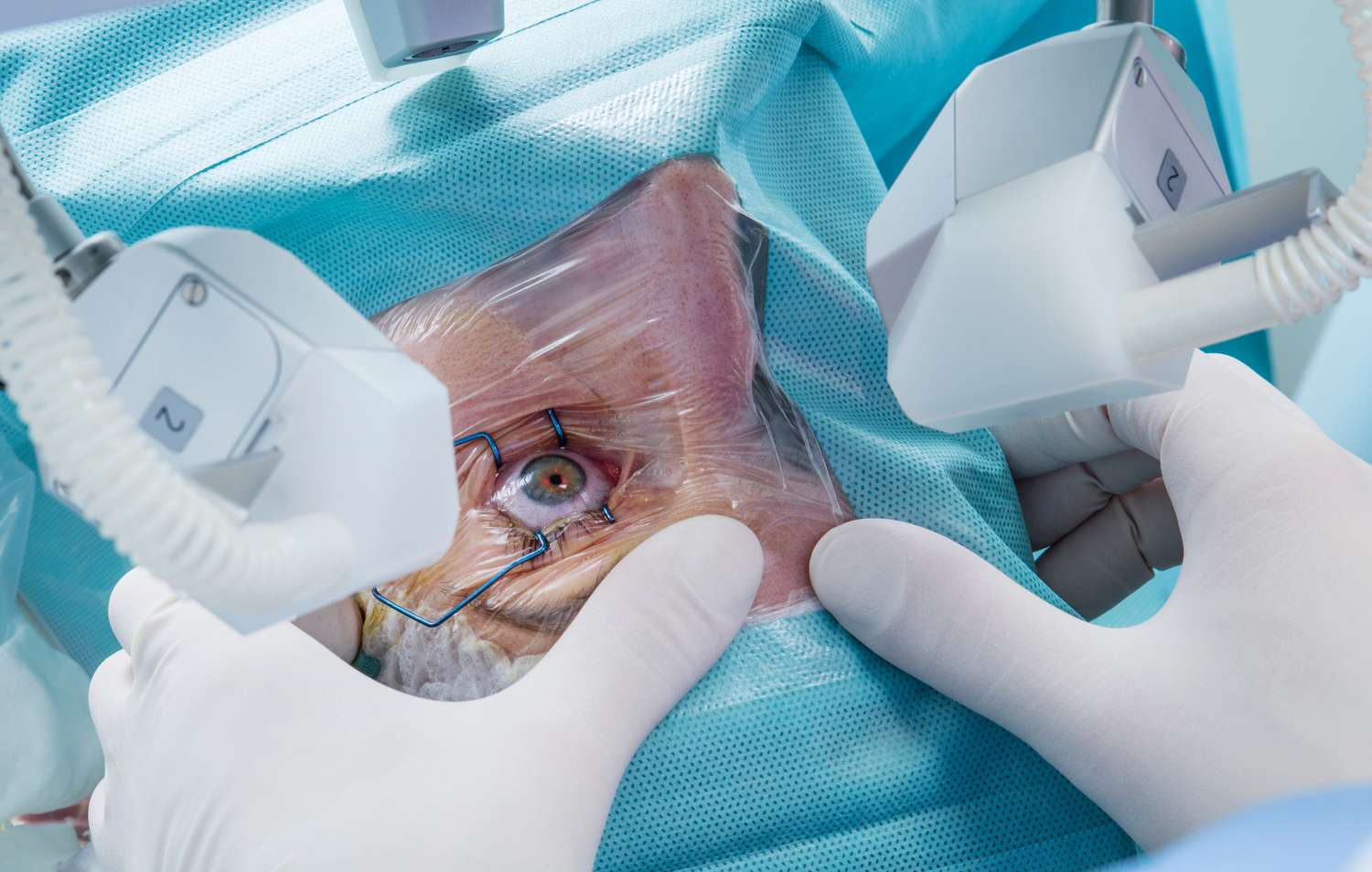If you’re considering laser eye surgery, such as LASIK, to correct refractive vision problems, one of the first steps is scheduling a consultation with an ophthalmologist. This consultation serves as a comprehensive evaluation to determine if you are a suitable candidate for the procedure. Understanding what happens during this initial consultation can help you feel more prepared and confident in your decision-making process. Let’s break down the key aspects of a typical laser eye surgery consultation.
1. Initial Paperwork and Medical History
Before you even step into the examination room, you’ll be asked to fill out some initial paperwork. This typically includes your medical history, vision history, and lifestyle details. You will be asked to provide information about:
- Your current vision problems: This includes issues like nearsightedness, farsightedness, astigmatism, or presbyopia.
- Any previous eye conditions: If you have experienced eye diseases or conditions like glaucoma, cataracts, or dry eyes, you’ll need to disclose this information.
- General health history: Certain medical conditions such as diabetes, autoimmune disorders, or uncontrolled high blood pressure can influence your eligibility for laser surgery.
- Medications: It’s important to disclose any medications you take regularly, as some medications may affect your healing process.
This step ensures that the ophthalmologist has a complete understanding of your health background, which is critical for determining if laser eye surgery is the best option for you.
2. Comprehensive Eye Examination
Once the paperwork is complete, the eye examination begins. This is a thorough process designed to assess the health of your eyes and evaluate the specific vision issues you are experiencing. Several tests are performed during the eye exam:
- Refraction test: This is the standard eye test that determines the prescription for glasses or contact lenses. The test helps the ophthalmologist understand the severity of your refractive errors, such as myopia (nearsightedness), hyperopia (farsightedness), and astigmatism.
- Pachymetry: One of the most important tests for LASIK candidates is pachymetry, which measures the thickness of your cornea. This is essential because laser surgery reshapes the cornea, and the corneal thickness must be sufficient for the procedure to be safe and effective.
- Corneal mapping: This test uses a special camera to take detailed images of the cornea. It helps assess the curvature and surface of your eyes. Abnormalities in corneal shape can affect the success of laser eye surgery, so this test provides valuable insight into your suitability for LASIK.
- Eye pressure test: This is a test for glaucoma, which measures the pressure within the eye. Higher pressure can indicate glaucoma, a condition that may disqualify you from being a LASIK candidate.
- Tear production test: Some people have dry eye syndrome, which can be aggravated by laser eye surgery. The tear production test measures how well your eyes produce tears to keep the surface moist and healthy.
3. Discussion of Your Vision Needs and Goals
Once the examination is complete, you will sit down with the ophthalmologist to discuss your specific vision needs and goals. The doctor will ask about your lifestyle, including how often you wear glasses or contact lenses, your occupation, and any hobbies that require sharp vision. These details help the ophthalmologist determine whether laser eye surgery is appropriate for your needs.
During this part of the consultation, the doctor will explain what laser eye surgery can and cannot do. For instance, while LASIK can correct refractive errors like nearsightedness, farsightedness, and astigmatism, it may not be effective for presbyopia (age-related difficulty focusing on near objects). Understanding the limitations of the surgery is important for setting realistic expectations.
The doctor will also ask about your vision goals, whether that’s the freedom to stop wearing glasses or contact lenses entirely, or if you’re simply looking to reduce your dependence on corrective lenses.
4. Personalized Risk Assessment
No medical procedure is without risk, and your ophthalmologist will take the time to discuss the potential risks and side effects of laser eye surgery. The doctor will assess your individual risk factors based on your medical and eye history, as well as the results of your eye exam.
Some risks associated with laser eye surgery include:
- Dry eyes: Many people experience temporary dry eye symptoms after LASIK surgery, although this generally improves over time. In some cases, dry eyes can persist and require ongoing treatment.
- Visual disturbances: After surgery, some individuals may experience glare, halos, or double vision, particularly in low-light conditions. These symptoms typically resolve within a few weeks to months, but they can be bothersome during the recovery period.
- Under- or over-correction: While laser eye surgery is highly effective, there is a small chance that the procedure will not fully correct your vision, requiring enhancements or additional treatment.
By discussing these risks upfront, the ophthalmologist ensures that you have a complete understanding of the potential outcomes and any precautions you should take.
5. Eligibility Determination and Alternative Options
After evaluating your eyes and health, the ophthalmologist will determine whether you are a good candidate for laser eye surgery. If you are deemed eligible, the doctor will explain the specifics of the procedure, including how it works, the expected results, and what to expect before, during, and after surgery.
If you are not a suitable candidate for LASIK, the ophthalmologist will discuss alternative options, such as:
- PRK (Photorefractive Keratectomy): This is another form of laser surgery that reshapes the cornea without creating a flap. It may be recommended for individuals with thinner corneas or other conditions that make LASIK unsuitable.
- SMILE (Small Incision Lenticule Extraction): SMILE is a minimally invasive laser procedure that corrects refractive errors with a smaller incision than LASIK, making it a suitable option for some patients.
- Implantable contact lenses: For individuals who are not candidates for LASIK or other laser procedures, implantable contact lenses (ICL) may be an option. This procedure involves surgically placing a lens inside the eye to correct vision.
Your ophthalmologist will ensure that you are fully informed about all your options, allowing you to make the most appropriate decision based on your unique needs and circumstances.
6. Scheduling the Surgery and Pre-Operative Instructions
If you decide to move forward with laser eye surgery, the next step is scheduling the procedure. The ophthalmologist will discuss the surgical process in detail, including pre-operative instructions such as:
- Avoiding makeup, lotions, or creams on the day of the surgery.
- Arranging transportation, as you will not be able to drive immediately after the procedure.
- Understanding the post-operative care plan, which may include using eye drops and attending follow-up appointments.
The surgeon will also review any additional steps you need to take to ensure a smooth and successful procedure, such as taking certain medications or avoiding certain activities.
Final Thoughts
A laser eye surgery consultation is an essential step in determining whether the procedure is right for you. It involves a comprehensive eye examination, an in-depth discussion of your vision goals and health history, and a risk assessment to ensure you fully understand the procedure and its potential outcomes. By carefully evaluating all these factors, the ophthalmologist helps you make an informed decision about whether laser eye surgery is the best solution for your vision needs.















